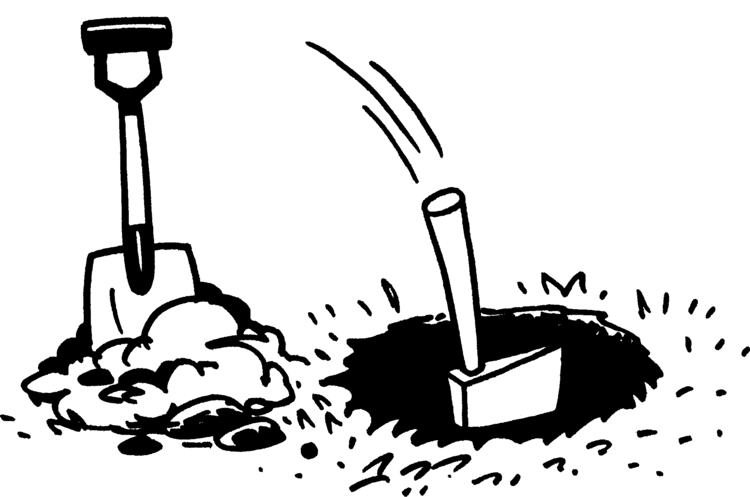 | ||
Hitman bangkok burying the hatchet challenge
Bury the hatchet is an American English idiom meaning "to make peace". The phrase is an allusion to the figurative or literal practice of putting away the tomahawk at the cessation of hostilities among or by Native Americans in the Eastern United States, specifically concerning the formation of the Iroquois Confederacy and in Iroquois custom in general. Weapons were to be buried or otherwise cached in time of peace.
Contents
- Hitman bangkok burying the hatchet challenge
- 15 burying the hatchet tbjzlplays the walking dead
- Massachusetts
- South Carolina
- Nova Scotia
- Montana
- Quebec
- Delaware
- References
15 burying the hatchet tbjzlplays the walking dead
Massachusetts
The first mention of the practice in English is to an actual hatchet-burying ceremony. Years before he gained notoriety for presiding over the Salem witch trials, Samuel Sewall wrote in 1680, "I write to you in one [letter] of the Mischief the Mohawks did; which occasioned Major Pynchon's goeing to Albany, where meeting with the Sachem the[y] came to an agreement and buried two Axes in the Ground; one for English another for themselves; which ceremony to them is more significant & binding than all Articles of Peace[,] the hatchet being a principal weapon with them."
South Carolina
The Treaty of Hopewell, signed by Col. Benjamin Hawkins, Gen. Andrew Pickens and Headman McIntosh, in Keowee, South Carolina in 1795 established the boundary of the Cherokee Nation, and made use of the phrase "bury the hatchet". Article 13 reads, in part, "The hatchet shall be forever buried, and the peace given by the United States, and friendship re-established between the said states on the one part, and all the Cherokees on the other, shall be universal; and the contracting parties shall use their utmost endeavors to maintain the peace given as aforesaid, and friendship re-established."
Nova Scotia
The Burying the Hatchet ceremony happened in Nova Scotia on June 25, 1761. It ended more than seventy-five years of war between the British and the Mi'kmaq.
Montana
Exactly 50 years after the Battle of Little Bighorn, White Bull, a Sioux Indian Chief, and General Edward Settle Godfrey buried the hatchet in the Tomb of the Unknown Soldier at Garryowen, Montana. It was near this site that Custer divided his forces and began his attack against the Sioux, Arapahoe and Cheyenne that were camped within the Valley of the Little Bighorn.
Quebec
This practice was most famously used in recent time during the 1990 Oka Crisis in Canada, although the weapons were not buried. Faced by an ultimatum that would have seen battle with the Canadian Forces the next day, the besieged Mohawk warriors piled and burned their weapons, and then walked out of the cordon that had been tightened around them. The alternative was a bloody battle, which could have triggered further violent resistance to the Canadian government far beyond the immediate locality of the crisis, which centred on Montreal's suburbs of Oka, Quebec (Kanesatake) and Kahnawake. Mohawk commentators stated at the time that this was not a surrender, but a cessation of hostilities, as per the burying of weapons of honoured tradition.
The phrase was used in 1759 by the Shawnee orator Missiweakiwa when it became obvious that the French war effort during the Seven Years' War (French and Indian War) was collapsing. The Shawnees had sided with the French against the English, but now the Shawnee would "bury the bloody Hatchet" with the English.
Delaware
At the Return Day festival in Georgetown, Delaware, which occurs after each Election Day, a "burying of the hatchet" ceremony is performed by the Sussex County chairs of the Democratic and Republican parties. The ceremony symbolizes the two parties making peace after the election and moving on.
